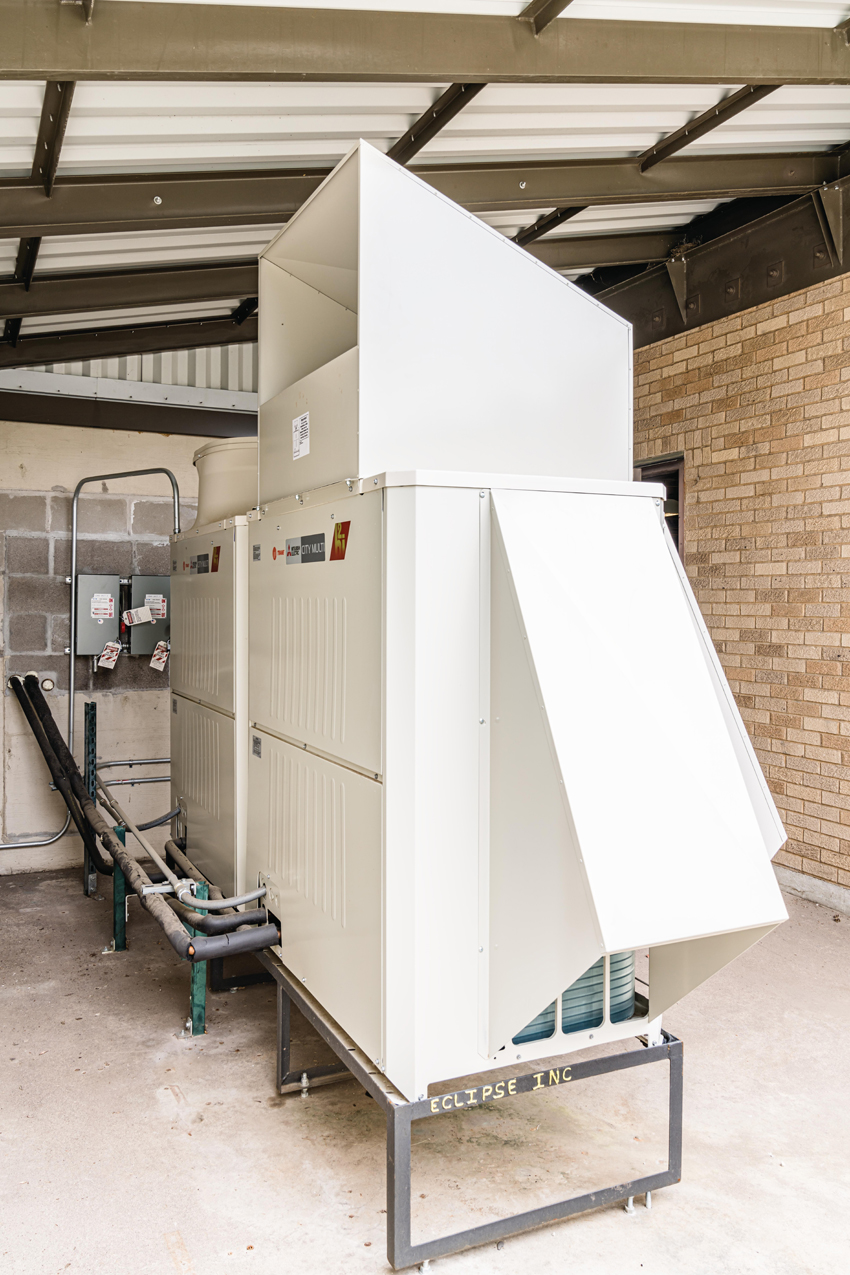Strategic Electrification, Decarbonization, and the Role of Advanced Heat Pump Technology
The end result will be the reduction of greenhouse gas emissions, the use of renewable energy, increased energy efficiency, a clean-energy economy, and a resilient and distributed energy system. Strategic electrification, in addition to energy efficiency and carbon-free electricity are crucial to meeting goals by 2040.
To reach these end targets, the New York State Research and Development Authority (NYSERDA) has assessed the use of several heat pump technologies, including ground-source heat pumps (GSHP), air-source heat pumps (ASHP), and commercial ASHP applications with variable refrigerant flow (VRF) technology.29 VEIC maintains that New York could reach the following milestones by 2025 and 2030:
- ASHPs installed in two-thirds of New York households by 2030.
- 31 TBTU of energy savings from heat pump installations by 2025, contributing 17 percent of the savings needed to achieve New York’s 185 TBTU 2025 efficiency target.
- 3.5 percent of New York’s GHG emissions reductions coming from heat pump installations by 2030, contributing to the goal of 40 percent GHG reduction compared to baseline emissions in 1990. Focusing on the residential sector, for which better data was available, the emissions savings from this level of adoption would be nearly 20 percent30
NYSERDA suggests a variety of approaches for encouraging the adoption of technologies that complement strategic electrification, including a variety of incentives geared toward different sectors. For instance, incentive designs range from “downstream rebates paid to customers, to midstream incentives paid to contractors, to upstream incentives paid to wholesale distributors.” Each of these rebate strategies targets a different actor in the value chain, each addressing different challenges.
NYSERDA is also leading market development initiatives with various programs designed to reduce costs, accelerate market demand, and increase private investment in energy-efficiency and clean-energy technologies. Some programs include the Air Source Heat Pump Program and the Ground Source Heat Pump Program, both of which offer monetary incentives to contractors.31
Currently, NYSERDA does not offer incentive programs for VRF zoning technology. However, VEIC recommends the following to VRF stakeholders, including NYSERDA: aggressively promote VRF systems for commercial and residential new construction and in building codes; support the accelerated transition of heat pumps to lower global warming potential (GWP) refrigerants; explore distributor incentives for VRF technology; develop regional standards for VRF systems in the Northeast; review building code barriers to VRF technology; consider creating a VRF “Clean Energy Challenge;” accelerate NYSERDA’s soft cost reduction strategy for GSHPs; and develop and fund demonstration projects.32
The combination of strategies mentioned above can all help transition toward the ultimate goal of the Green New Deal: implementing an energy system that is clean, reliable, and affordable.
Conclusion
Overall, the adoption of heat pump technologies can help reduce the carbon footprint of buildings, enabling the country to move more progressively toward adopting clean energy. Economically, strategic electrification and heat pump technologies have the potential to reduce operating and maintenance costs. Focusing on strategic electrification, or beneficial electrification, also reduces dependence on fossil fuels and has a positive impact on the environment as well as human health, comfort, and safety.











